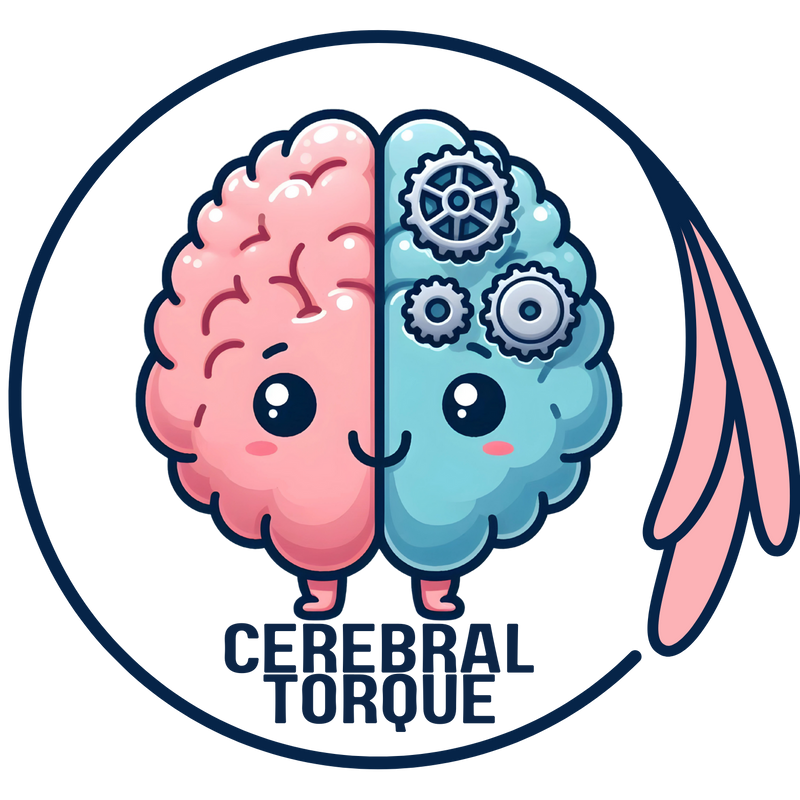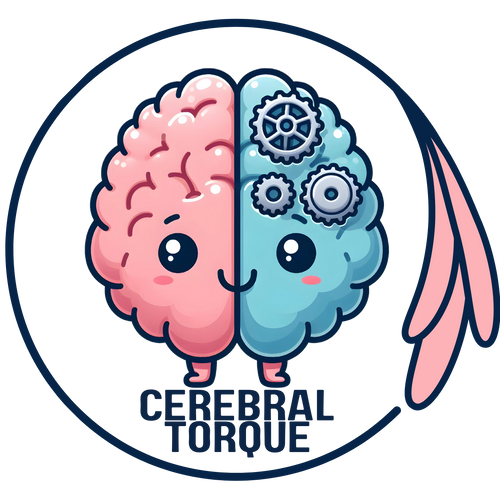Impact of Visual Stimulus Complexity on Associative Learning in Migraine Patients
Posted on April 23 2025,
Impact of Visual Stimulus Complexity on Associative Learning in Migraine Patients
Study Overview
Researchers investigated how the complexity of visual stimuli affects associative learning (forming connections between different items) and reaction times in migraine patients. This study compared two tests with varying levels of visual stimulus complexity to better understand cognitive processing in migraine patients during interictal periods (between migraine attacks).
Key Findings
- Similar learning accuracy across both complex and simple visual stimuli
- Significantly longer reaction times with simpler, less semantic stimuli (basic shapes with fewer details)
- Consistent performance maintained despite stimulus complexity differences
- Suggests potential compensatory neural mechanisms (brain adaptations that help maintain function) in migraine patients
- First study to investigate impact of visual stimulus complexity in migraine patients
Methodology & Test Design
The study utilized two associative learning tests with identical structure but differing visual stimuli complexity: the Rutgers Acquired Equivalence Test (RAET) and the Polygon test. Both tests measure how people learn to associate different items together (like connecting a specific face with a specific color).
RAET Test Example (Complex Stimuli)
Antecedent Example:
Woman's Face
(Rich in details: hair color, gender, age, facial features)
Consequent Example:
Blue Fish
(Colorful, meaningful, easy to describe verbally)
Polygon Test Example (Simple Stimuli)
Antecedent Example:
Gray Circle
(Simple, no distinguishing features except shade)
Consequent Example:
Triangle Shape
(Basic geometric shape, minimal details)
Both tests consisted of two phases:
"The primary advantage of this test is that it engages distinct neural structures during its two phases. The basal ganglia–frontal cortex loops (brain circuits involved in learning and movement) play a critical role in the acquisition phase, while the hippocampal region (responsible for memory formation) is essential during the test phase."
Results & Findings
The study found no significant difference in acquisition learning performance (how well participants initially learned the associations) between the RAET and Polygon tests, with migraine patients showing similar error rates for both complex and simple visual stimuli.
Similarly, in the test phase, there were no significant differences in retrieval and generalization performance between the two tests. However, reaction times were significantly longer in the Polygon test for both retrieval and generalization tasks.
Understanding the Reaction Time Findings
This finding is counterintuitive: migraine patients took longer to process the SIMPLE geometric shapes than the detailed faces and fish images. You might expect simpler images to be processed more quickly, but the opposite occurred.
Why might this happen? The researchers suggest:
- Complex images (like faces) provide more "visual hooks" that make them easier to remember and process
- Simple shapes lack rich details and meaning, making the brain work harder to form associations
- When there's less detail to work with, the brain might need to engage additional neural resources
- This extra processing effort explains the longer reaction times with simpler images
Implications & Conclusions
The researchers propose that migraine patients may employ cognitive adaptations that help maintain learning performance despite differences in visual stimulus complexity. These compensatory neural mechanisms allow patients to maintain similar learning accuracy across different types of visual stimuli, albeit with increased processing time for simpler, less semantic stimuli.
Key Interpretations
- Increased reaction times with simpler stimuli suggest higher cognitive demands (the brain needs to work harder)
- Possible cortical compensatory mechanisms (adaptive brain responses) may help maintain learning abilities
- Migraine patients may develop heightened capabilities in specific cognitive domains (particular mental skills)
- Hippocampal region (memory center) and basal ganglia-frontal cortex loops (learning circuits) may play important roles
- Enhanced cognitive flexibility (ability to adapt thinking) may be a response to chronic neurological challenges
"Based on our results, we conclude that visually guided equivalence learning (learning that connects items that share common outcomes) in migraine patients is influenced by the complexity of the visual stimuli, although this effect appears to be less pronounced than in healthy individuals. Our findings raise the possibility that alternative cognitive processing strategies (different mental approaches) may help migraine patients adapt to learning challenges."
This research provides valuable insights into cognitive processing in migraine patients and suggests that neural adaptations may play a crucial role in maintaining cognitive performance despite the challenges posed by migraine. Future studies using neuroimaging and electrophysiological methods will be essential to directly examine the neural basis of these learning patterns.
Tót, K., Eördegh, G., Harcsa-Pintér, N., Papp, A., Bodosi, B., Braunitzer, G., Tajti, J., Csáti, A., & Nagy, A. (2025). Impact of visual stimulus complexity on associative learning and associated reaction times in migraine patients. Scientific Reports, 15:14001. https://doi.org/10.1038/s41598-025-98187-6
Read the Full Study on Nature.comSun, Sep 14, 25
Neuroimaging Differences Between Migraine Types: Aura vs. Without Aura
Discover the latest neuroimaging research revealing key brain differences between migraine with aura and migraine without aura.
Read MoreThu, Sep 04, 25
Understanding Migraine Prodrome
Discover the migraine prodrome phase: 36 warning symptoms that occur 1-6 hours before headache onset. Learn timing patterns, predictive confidence levels, and new treatment approaches based on groundbreaking 2025 research...
Read MoreThu, Aug 07, 25
Dizziness and Migraine: When is it Vestibular Migraine?
Dizziness and migraine: Learn when dizziness is vestibular migraine vs BPPV, Meniere's disease, or vascular causes. Guide covers symptoms, diagnosis, cutaneous allodynia, and treatment options for recurrent dizziness episodes.
Read More


